It was the day when Gurjar violence was sweeping through much of north India. Buses were burnt, trains were vandalised, highways were blocked.
Rajdeep Sardesai
It was the day when Gurjar violence was sweeping through much of north India. Buses were burnt, trains were vandalised, highways were blocked.
It was a day designed for prime time news, a day when the world needed to know of the street madness. It's the kind of news story you become a newsman for, the adrenalin pump you need constantly to keep on top of a 24-hour news cycle.
So, what happened at 9 pm that evening on the news? One channel led with the "sensational" story of Rakhi Sawant playing catwoman in a cage ( I have never seen Ms Sawant on the big screen, but she is already the most versatile 'starlet' ever).
Meanwhile, another channel was carrying a story of the latest moll in the D company (whatever happened to Mandakini), while a third channel was playing up the unlikely romance of a cat and a dog (television news at times is a bit like an animal farm).
All the stories were being compulsively flashed as 'breaking news'. Gurjar violence? Forget it. How can real people and genuine news compete against 'popular' entertainment on some of our round-the-clock-news channels?
It would be fair to say that the concept of 'breaking news' is now close to breaking down on some of our news channels, especially in the maddeningly competitive, hyperactive world of Hindi news channels.
Worse, the notion of 'news' per se is also now in danger of falling apart. What really is news? Is it that story which is in the public interest, which has an intrinsic value in being told to a wider world, and which shapes public opinion?
Or, is news simply another dimension of the entertainment genre, designed to titillate and delight a viewer/reader? What should be the front page lead in your morning newspaper? Bipasha Basu and Cristiano Ronaldo exchanging a peck in Lisbon, or a 7/11 victim still struggling for compensation?
On the face of it, you’d think the answer was obvious. Gurjar violence over Rakhee Sawant, 7/11 over Bipasha. The hierarchy of news is fairly clear to all practitioners of journalism.
Or is it? On the day of the Gurjar violence, the two Hindi news channels that led their 9 pm bulletins with the caste clash got amongst the lowest ratings in the television rating points. Leading the charts was, you guessed it — Ms Sawant, closely followed by the romantic dog and cat.
Does the future of news belong only to the Rakhi Sawants of the world? Will there be space any more to tell the story of those in preventive detention in Chhattisgarh without a fair trial for months?
Or is Chhattisgarh simply not ‘sexy’ enough? (Or rather, does Chhattisgarh simply not have enough television meters to count in the ratings game?).
Will we ever see drought and disease in rural India being reported with the same zeal as a family quarrel being played out in the village square? Is the new media simply about trivia, glamour and gratuitous violence, with little or no space for the ‘real’ issues of our time: health care, education, environment, issues that need to be understood as processes and not simply as breaking news ‘events’?
And yet, before we get overly self-righteous here, let us remind ourselves where we were just a little over a decade ago.
News in the ‘glorious’ era of Doordarshan was synonymous with endless ribbon-cutting, political speeches, and state-sponsored entertainment programming. Private news channels changed the equation, dramatically and irrevocably. They brought a new muscle, a new energy to the news business.
The camera went and ‘stung’ the very politicians who were cutting the ribbons. It reported on the darker side of politics and civil society, and brought an end to the stenography culture that permeated journalistic coverage of the Indian state. In the new order, there was, quite simply, no place to hide.
Who knows if the Babri Masjid could have been demolished had there been hundreds of cameras to monitor the kar-sevaks?
Sure, there are ugly distortions in this relentless news coverage. For example, the harsh reality is that rural India loses out in a major way to the metropolis in the news business today.
But also look at it in another way. In the Doordarshan era, the Latur earthquake was not getting covered effectively because the media was technologically handicapped.
In the satellite era, the Gujarat earthquake became a national calamity within a matter of hours because of the relentless television coverage, while the tsunami saw an international outpouring of grief after the images were beamed across the world within moments.
Modern technology, in that sense, has truly made us a ‘global village’ and simply changed the rules of the communication business.
Satellite television was only the first step, and already seems ancient. Digital technology will further reduce the distance between journalist and viewer.
Mobile television offers the potential of instant video to the consumer on the move, while new online technologies now offer video on demand and the vision of a world which is in the palm of one’s hand.
Blog sites make instant edit page writers of just about anyone, while the expanding notion of citizen journalism, even if gimmicky at times, provides a reader/viewer a chance to be a ‘participant’ in the journalistic process.
In a sense, it is an exciting new world that awaits all of us. More news channels, more niche channels, more newspapers, more tabloids, more websites, more blog sites.
Not all of them will succeed in a market-driven environment, but they, at least in a theoretical sense, do provide the viewer/reader with far greater choice than they could have ever imagined. Sure, there is the real danger that in the guise of greater choice, we will be fed an endless diet of crap, of journalism that simply caters to the lowest common denominator.
And yet, one hopes that while the Rakhee Sawants will be a part of this news whirl, so will gripping news stories of caste discrimnation, AIDS awareness and political malpractice.
The real choice is not with the viewer with the remote or the reader who is deciding on his news bill each month, or even the marketing man with a constant eye on the ratings.
The real choice is with the editors. What kind of journalism do they really believe in, and do they want to act in the public interest?
The decision on whether to make Gurjar violence or Sawant the prime time lead is theirs. The future of journalism, in that sense, is still in the hands of journalists.
Rajdeep Sardesai is Editor-in-Chief, CNN-IBN.
![submenu-img]() MS Dhoni steps out to cast his vote for Lok Sabha polls in Ranchi, crowd goes crazy - Watch
MS Dhoni steps out to cast his vote for Lok Sabha polls in Ranchi, crowd goes crazy - Watch![submenu-img]() KKR vs SRH, IPL 2024 Final: Will rain play spoilsport in Chennai? Here's weather forecast for May 26
KKR vs SRH, IPL 2024 Final: Will rain play spoilsport in Chennai? Here's weather forecast for May 26![submenu-img]() Karan Johar announces his next directorial on 52nd birthday, fans say 'please bring back SRK and Kajol'
Karan Johar announces his next directorial on 52nd birthday, fans say 'please bring back SRK and Kajol'![submenu-img]() Meet woman, who holds Guinness World Record for longest fingernails, hasn't cut them since 1997, she is from...
Meet woman, who holds Guinness World Record for longest fingernails, hasn't cut them since 1997, she is from...![submenu-img]() Maharashtra 10th Result 2024: MSBSHSE SSC Class 10 to be released on May 27, know how to download scorecards
Maharashtra 10th Result 2024: MSBSHSE SSC Class 10 to be released on May 27, know how to download scorecards![submenu-img]() Maharashtra 10th Result 2024: MSBSHSE SSC Class 10 to be released on May 27, know how to download scorecards
Maharashtra 10th Result 2024: MSBSHSE SSC Class 10 to be released on May 27, know how to download scorecards![submenu-img]() Odisha Board 10th Result 2024: BSE Odisha Matric Result 2024 date, time announced, check latest update here
Odisha Board 10th Result 2024: BSE Odisha Matric Result 2024 date, time announced, check latest update here![submenu-img]() Meet student who cleared JEE Advanced with AIR 99, then dropped out of IIT counselling due to..
Meet student who cleared JEE Advanced with AIR 99, then dropped out of IIT counselling due to..![submenu-img]() IIT-JEE topper joins IIT Delhi with AIR 1, leaves it after few months without graduation due to...
IIT-JEE topper joins IIT Delhi with AIR 1, leaves it after few months without graduation due to...![submenu-img]() Meet man, tailor's son who sold newspapers to pay fees, cracked UPSC without coaching to become IAS officer, got AIR…
Meet man, tailor's son who sold newspapers to pay fees, cracked UPSC without coaching to become IAS officer, got AIR…![submenu-img]() DNA Verified: Is CAA an anti-Muslim law? Centre terms news report as 'misleading'
DNA Verified: Is CAA an anti-Muslim law? Centre terms news report as 'misleading'![submenu-img]() DNA Verified: Lok Sabha Elections 2024 to be held on April 19? Know truth behind viral message
DNA Verified: Lok Sabha Elections 2024 to be held on April 19? Know truth behind viral message![submenu-img]() DNA Verified: Modi govt giving students free laptops under 'One Student One Laptop' scheme? Know truth here
DNA Verified: Modi govt giving students free laptops under 'One Student One Laptop' scheme? Know truth here![submenu-img]() DNA Verified: Shah Rukh Khan denies reports of his role in release of India's naval officers from Qatar
DNA Verified: Shah Rukh Khan denies reports of his role in release of India's naval officers from Qatar![submenu-img]() DNA Verified: Is govt providing Rs 1.6 lakh benefit to girls under PM Ladli Laxmi Yojana? Know truth
DNA Verified: Is govt providing Rs 1.6 lakh benefit to girls under PM Ladli Laxmi Yojana? Know truth![submenu-img]() Assamese actress Aimee Baruah wins hearts as she represents her culture in saree with 200-year-old motif at Cannes
Assamese actress Aimee Baruah wins hearts as she represents her culture in saree with 200-year-old motif at Cannes ![submenu-img]() Aditi Rao Hydari's monochrome gown at Cannes Film Festival divides social media: 'We love her but not the dress'
Aditi Rao Hydari's monochrome gown at Cannes Film Festival divides social media: 'We love her but not the dress'![submenu-img]() AI models play volley ball on beach in bikini
AI models play volley ball on beach in bikini![submenu-img]() AI models set goals for pool parties in sizzling bikinis this summer
AI models set goals for pool parties in sizzling bikinis this summer![submenu-img]() In pics: Aditi Rao Hydari being 'pocket full of sunshine' at Cannes in floral dress, fans call her 'born aesthetic'
In pics: Aditi Rao Hydari being 'pocket full of sunshine' at Cannes in floral dress, fans call her 'born aesthetic'![submenu-img]() DNA Explainer: Why was Iranian president Ebrahim Raisi, killed in helicopter crash, regarded as ‘Butcher of Tehran’?
DNA Explainer: Why was Iranian president Ebrahim Raisi, killed in helicopter crash, regarded as ‘Butcher of Tehran’?![submenu-img]() DNA Explainer: Why did deceased Iranian President Ebrahim Raisi wear black turban?
DNA Explainer: Why did deceased Iranian President Ebrahim Raisi wear black turban?![submenu-img]() Iran President Ebrahim Raisi's death: Will it impact gold, oil prices and stock markets?
Iran President Ebrahim Raisi's death: Will it impact gold, oil prices and stock markets?![submenu-img]() Haryana Political Crisis: Will 3 independent MLAs support withdrawal impact the present Nayab Saini led-BJP government?
Haryana Political Crisis: Will 3 independent MLAs support withdrawal impact the present Nayab Saini led-BJP government?![submenu-img]() DNA Explainer: Why Harvey Weinstein's rape conviction was overturned, will beleaguered Hollywood mogul get out of jail?
DNA Explainer: Why Harvey Weinstein's rape conviction was overturned, will beleaguered Hollywood mogul get out of jail?![submenu-img]() Karan Johar announces his next directorial on 52nd birthday, fans say 'please bring back SRK and Kajol'
Karan Johar announces his next directorial on 52nd birthday, fans say 'please bring back SRK and Kajol'![submenu-img]() Meet superstar who faced casting couch at 17, was asked to 'compromise', wear a bikini for shoot, she is now..
Meet superstar who faced casting couch at 17, was asked to 'compromise', wear a bikini for shoot, she is now..![submenu-img]() Meet actor who made superhit debut, then gave 40 flop films, still lives luxurious life, net worth is..
Meet actor who made superhit debut, then gave 40 flop films, still lives luxurious life, net worth is..![submenu-img]() Dalljiet Kaur accuses husband Nikhil Patel of having extramarital affair, seems to confirm separation: 'Family is...'
Dalljiet Kaur accuses husband Nikhil Patel of having extramarital affair, seems to confirm separation: 'Family is...'![submenu-img]() Meet first Indian actress to win acting honour at Cannes; social media changed her life, she is…
Meet first Indian actress to win acting honour at Cannes; social media changed her life, she is…![submenu-img]() Meet woman, who holds Guinness World Record for longest fingernails, hasn't cut them since 1997, she is from...
Meet woman, who holds Guinness World Record for longest fingernails, hasn't cut them since 1997, she is from...![submenu-img]() Viral video: Tourist teeters on edge of Victoria Falls, internet reacts
Viral video: Tourist teeters on edge of Victoria Falls, internet reacts![submenu-img]() Viral video: Fearless cat defends against deadly cobra attack, internet is stunned
Viral video: Fearless cat defends against deadly cobra attack, internet is stunned![submenu-img]() Viral video: Restaurant's green chilli halwa preparation shocks internet, watch
Viral video: Restaurant's green chilli halwa preparation shocks internet, watch![submenu-img]() Viral video: Majestic lion welcomes US photographer with a roaring greeting, watch
Viral video: Majestic lion welcomes US photographer with a roaring greeting, watch

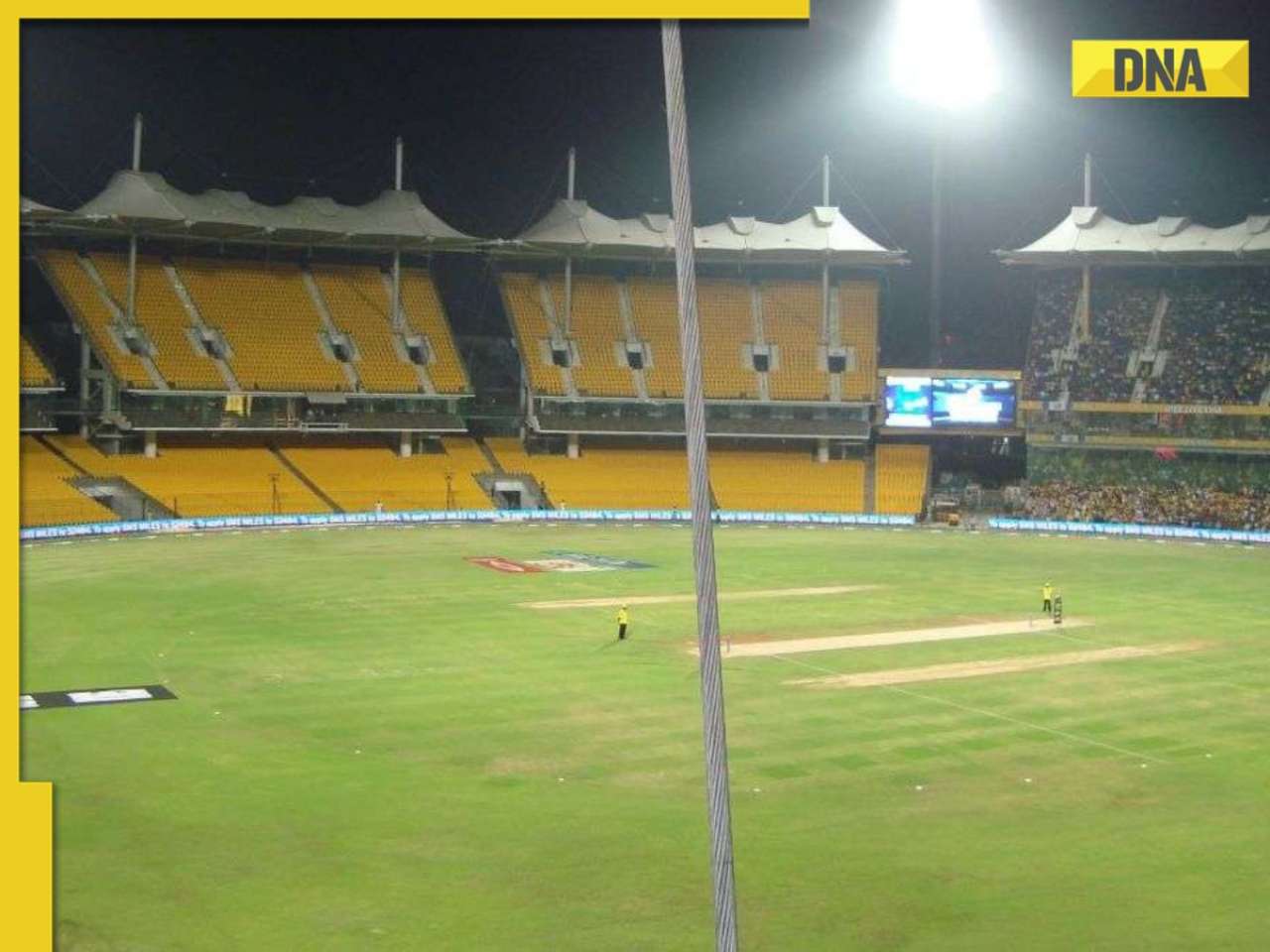


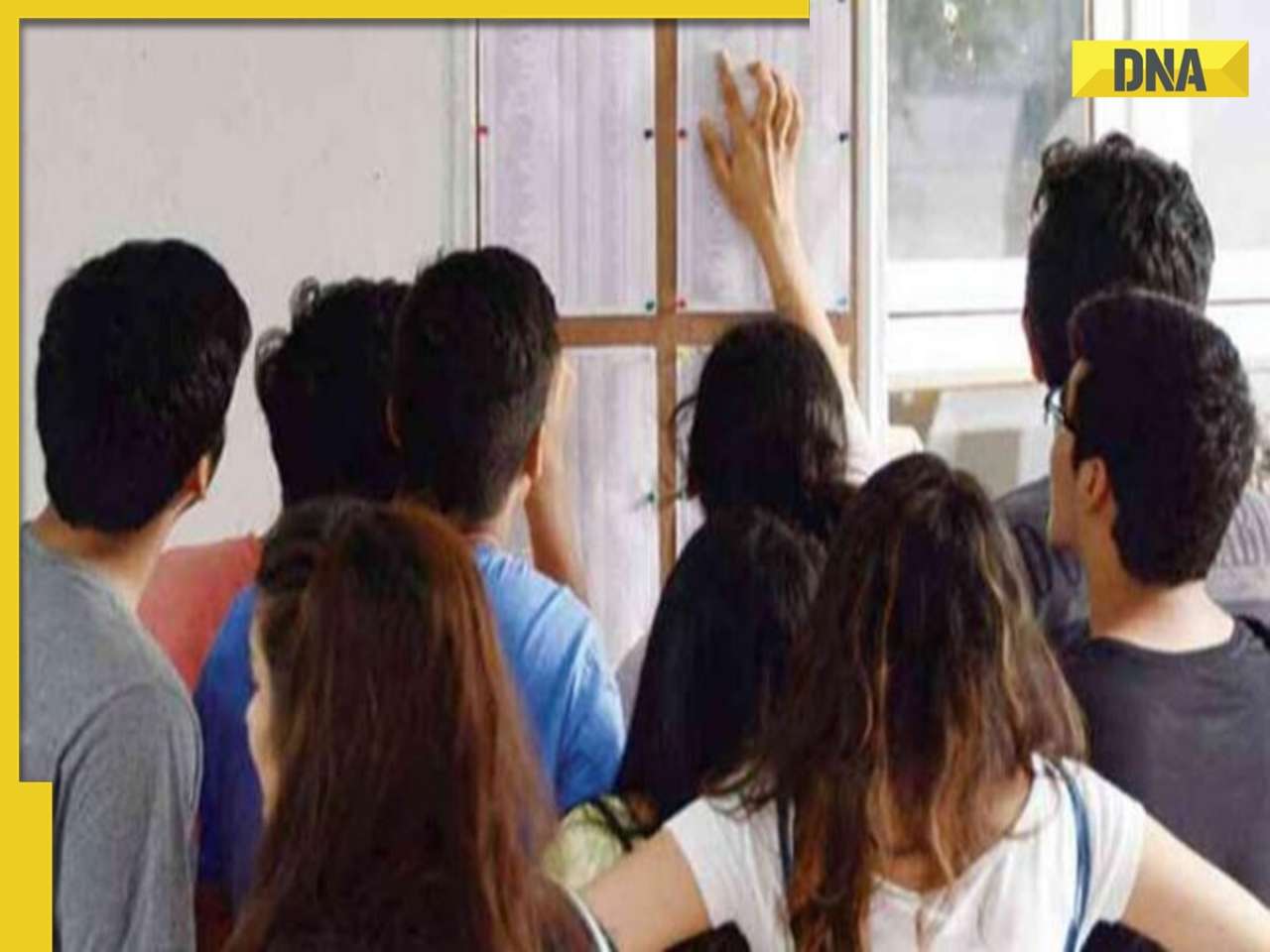







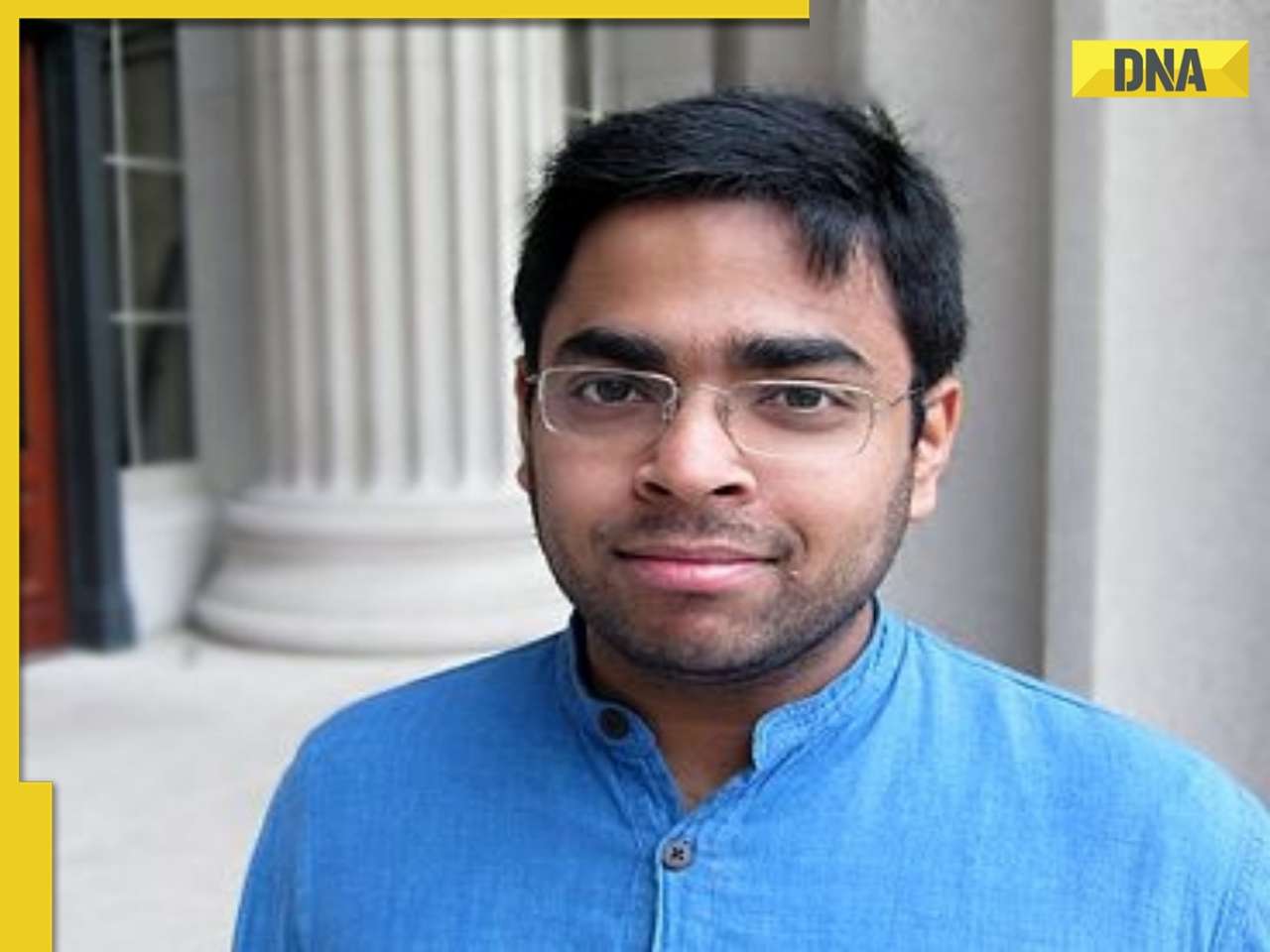
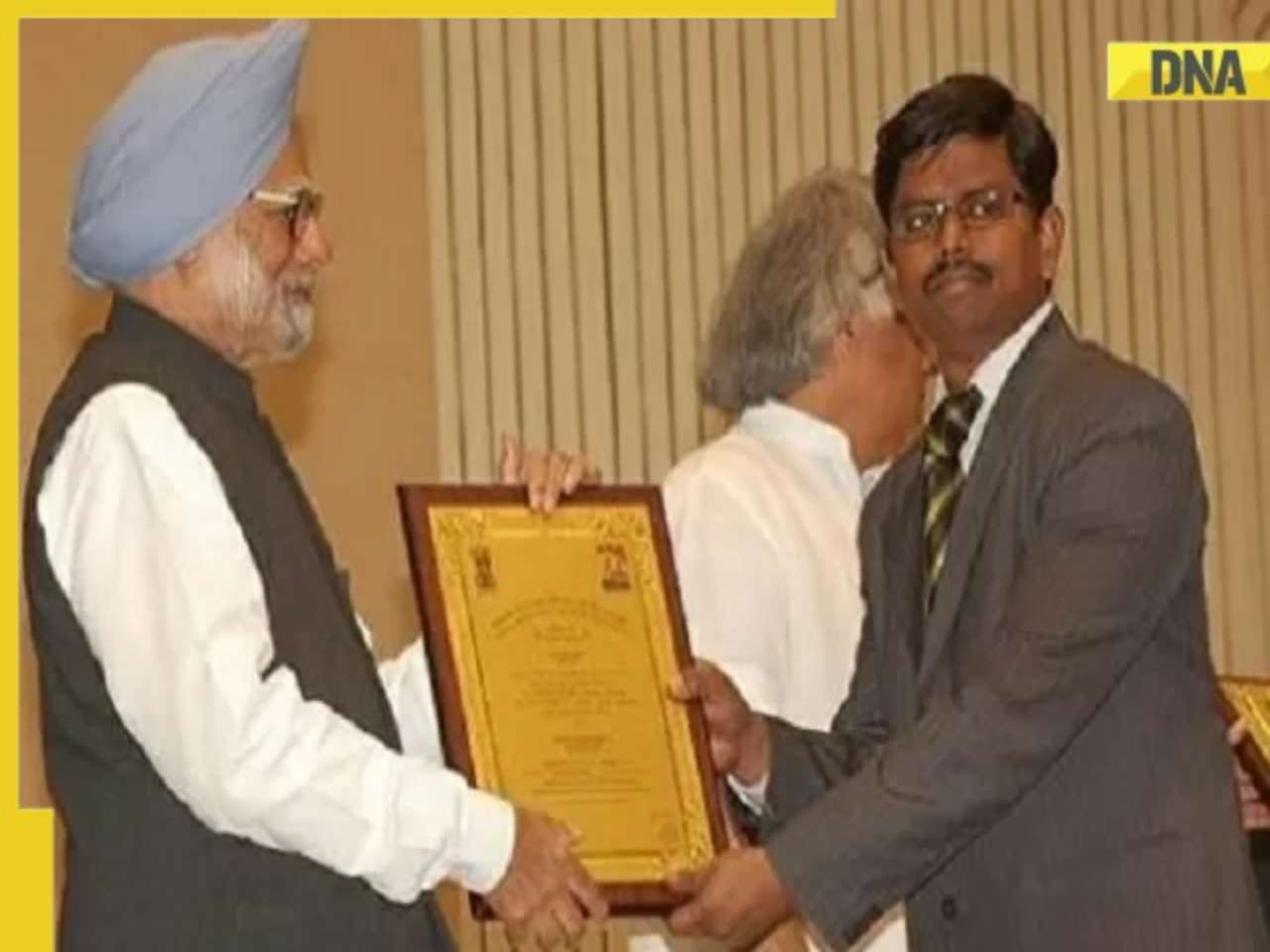






















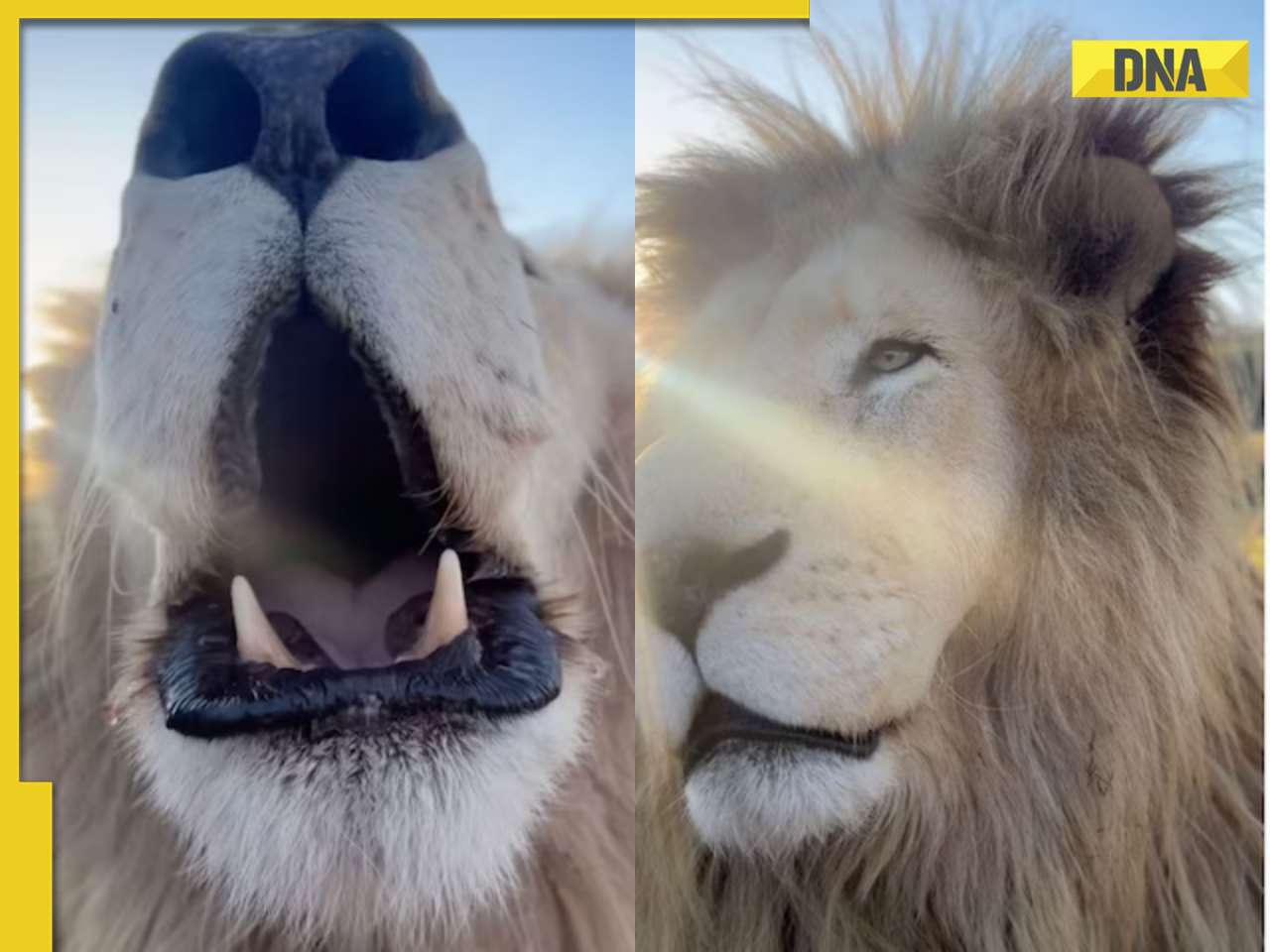


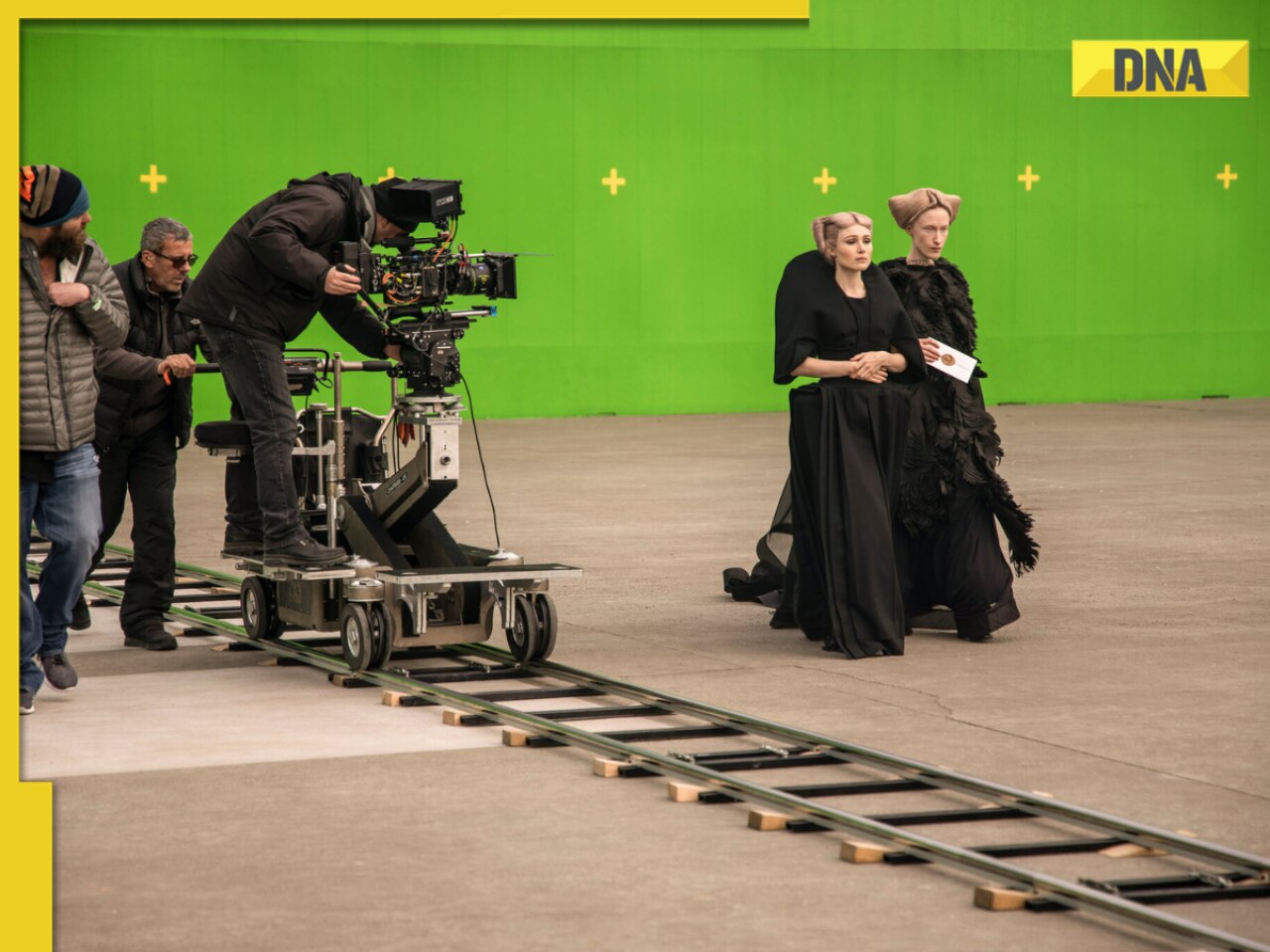
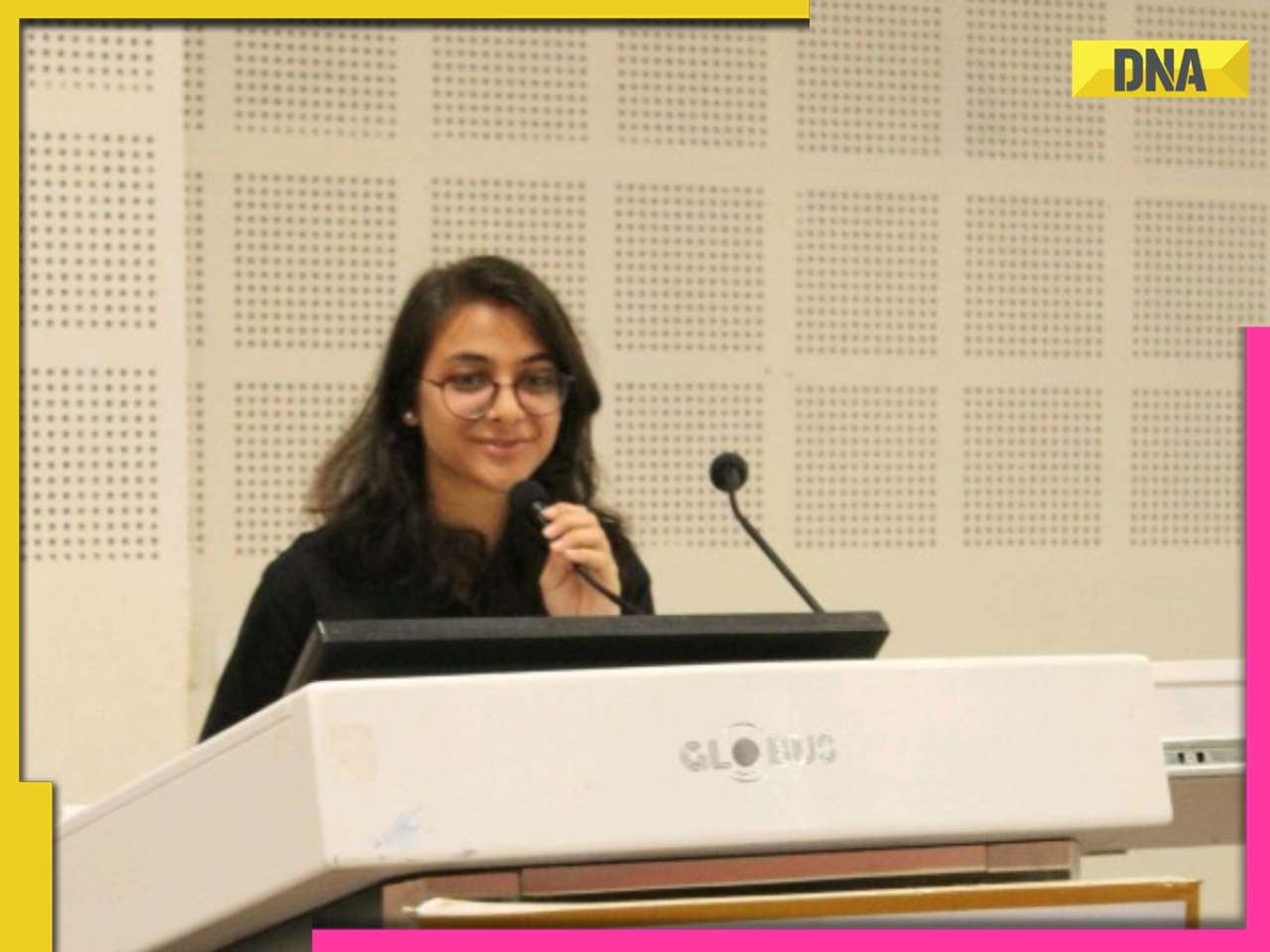
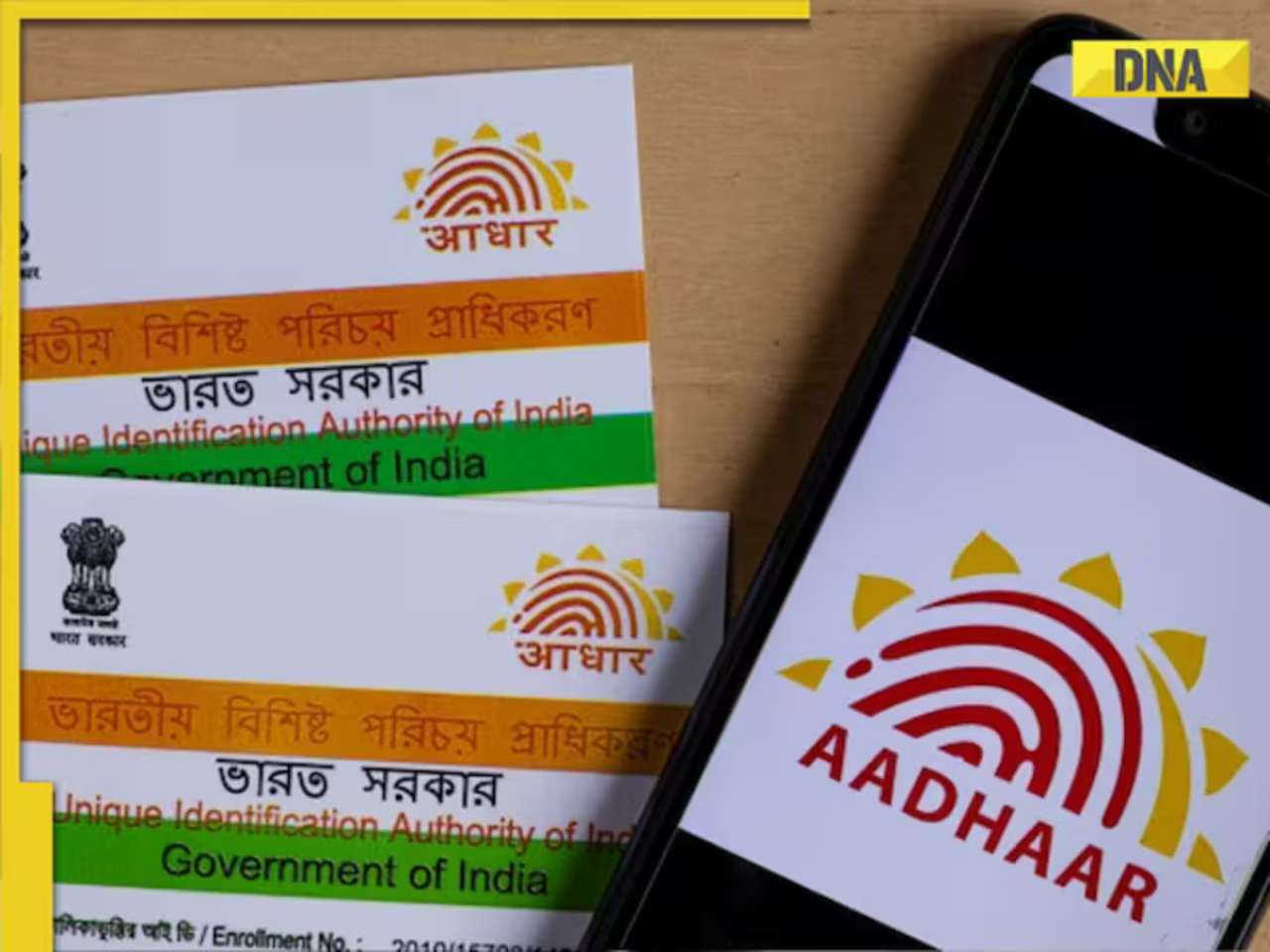
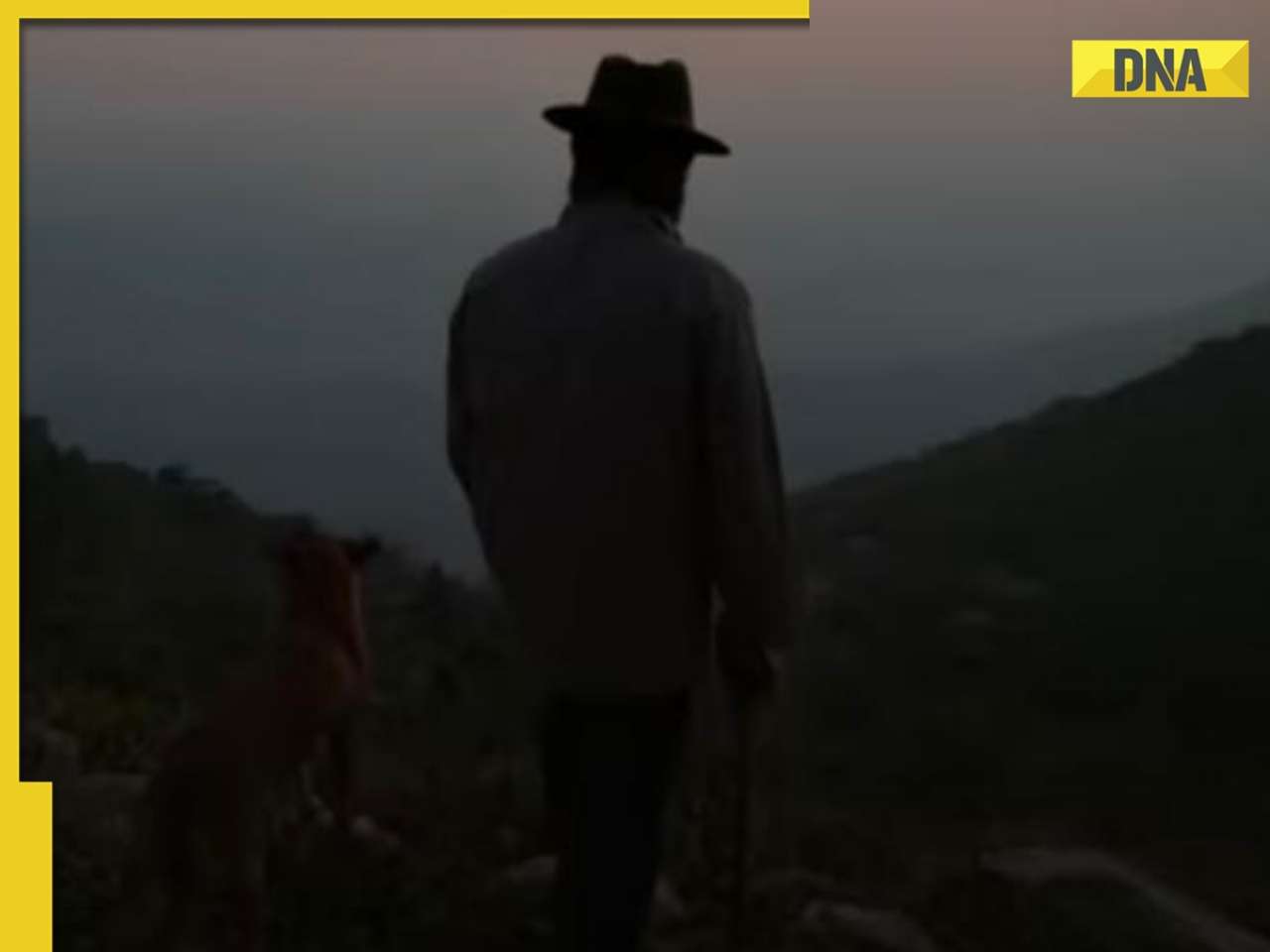
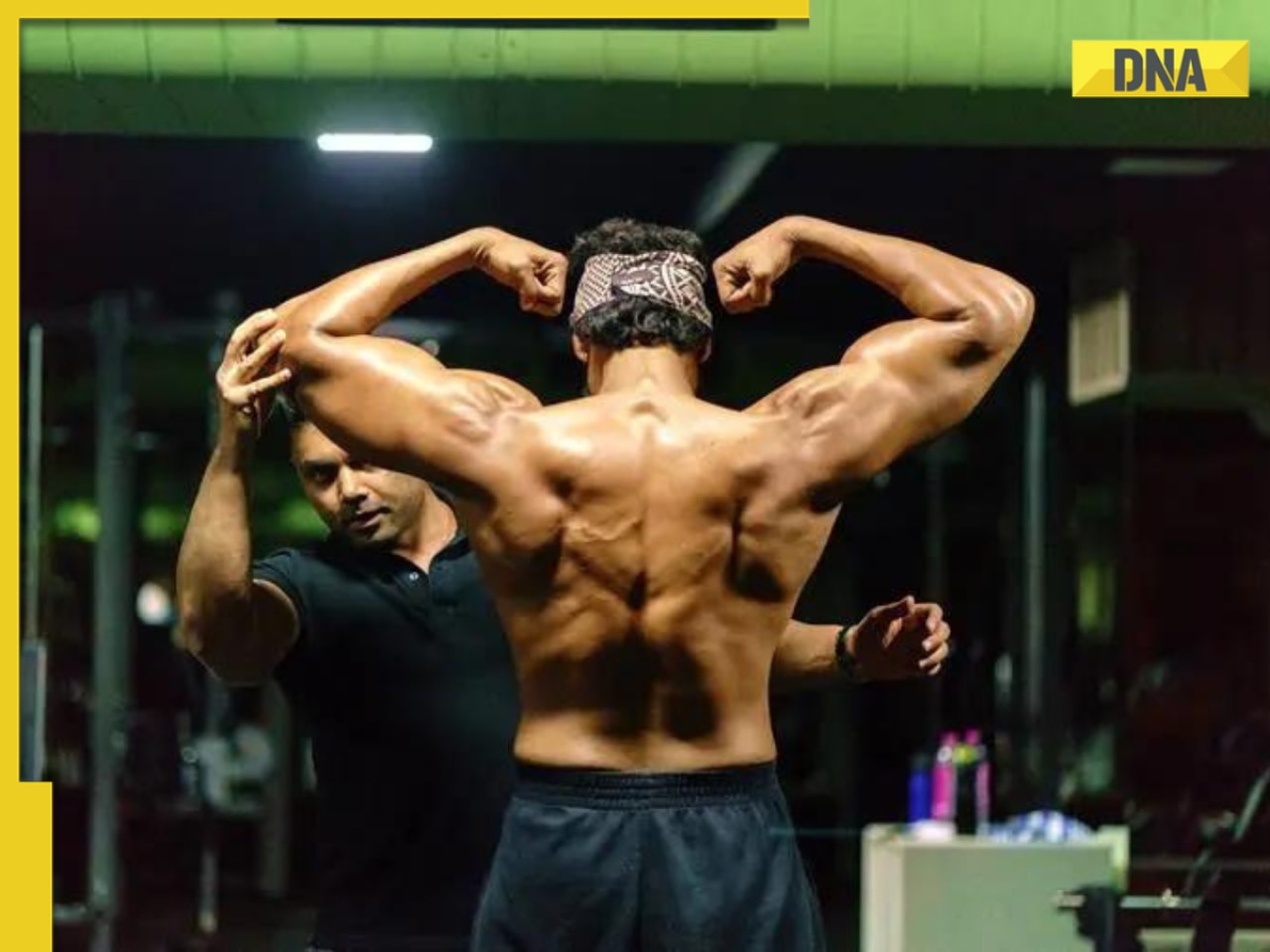
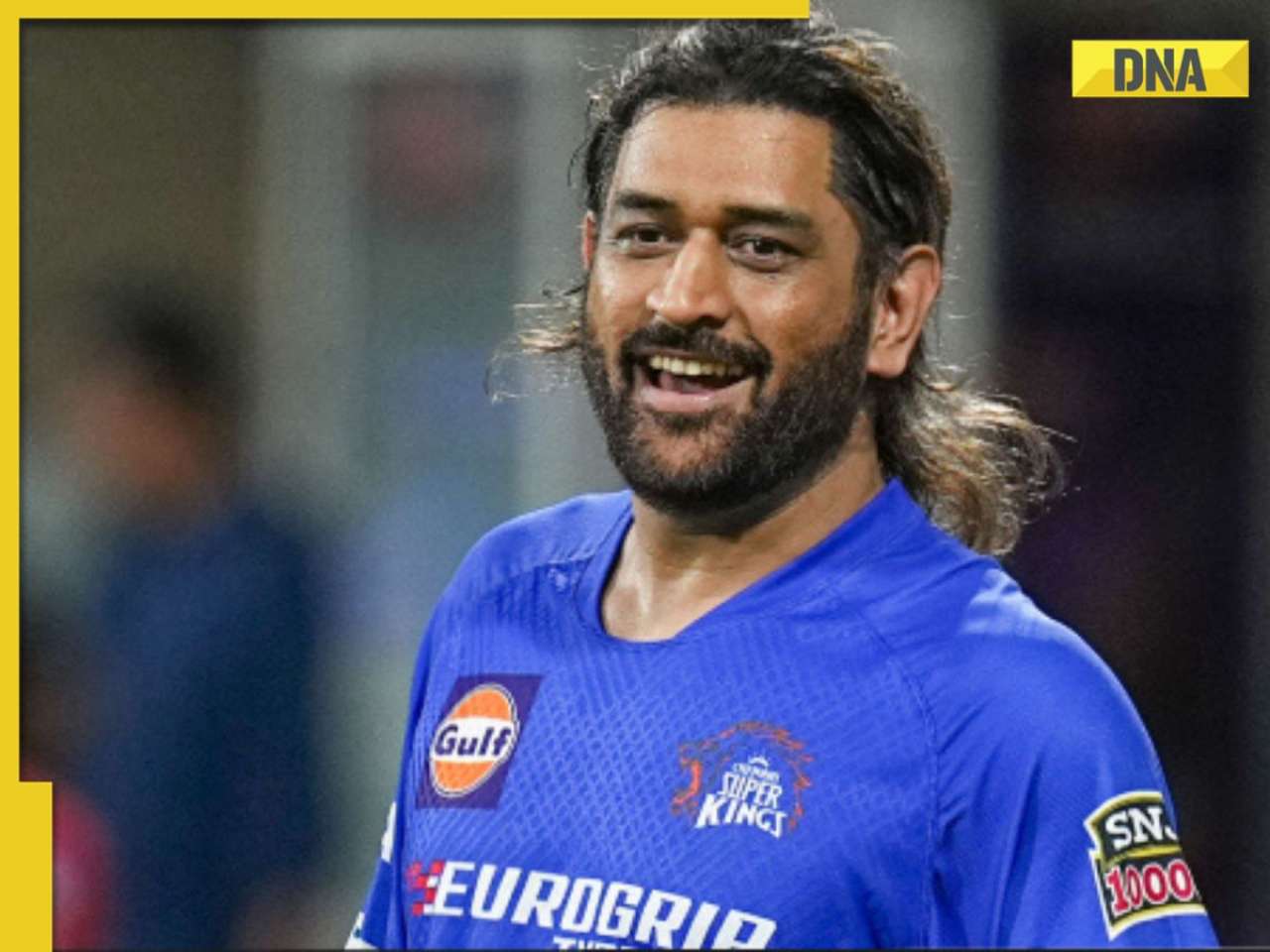
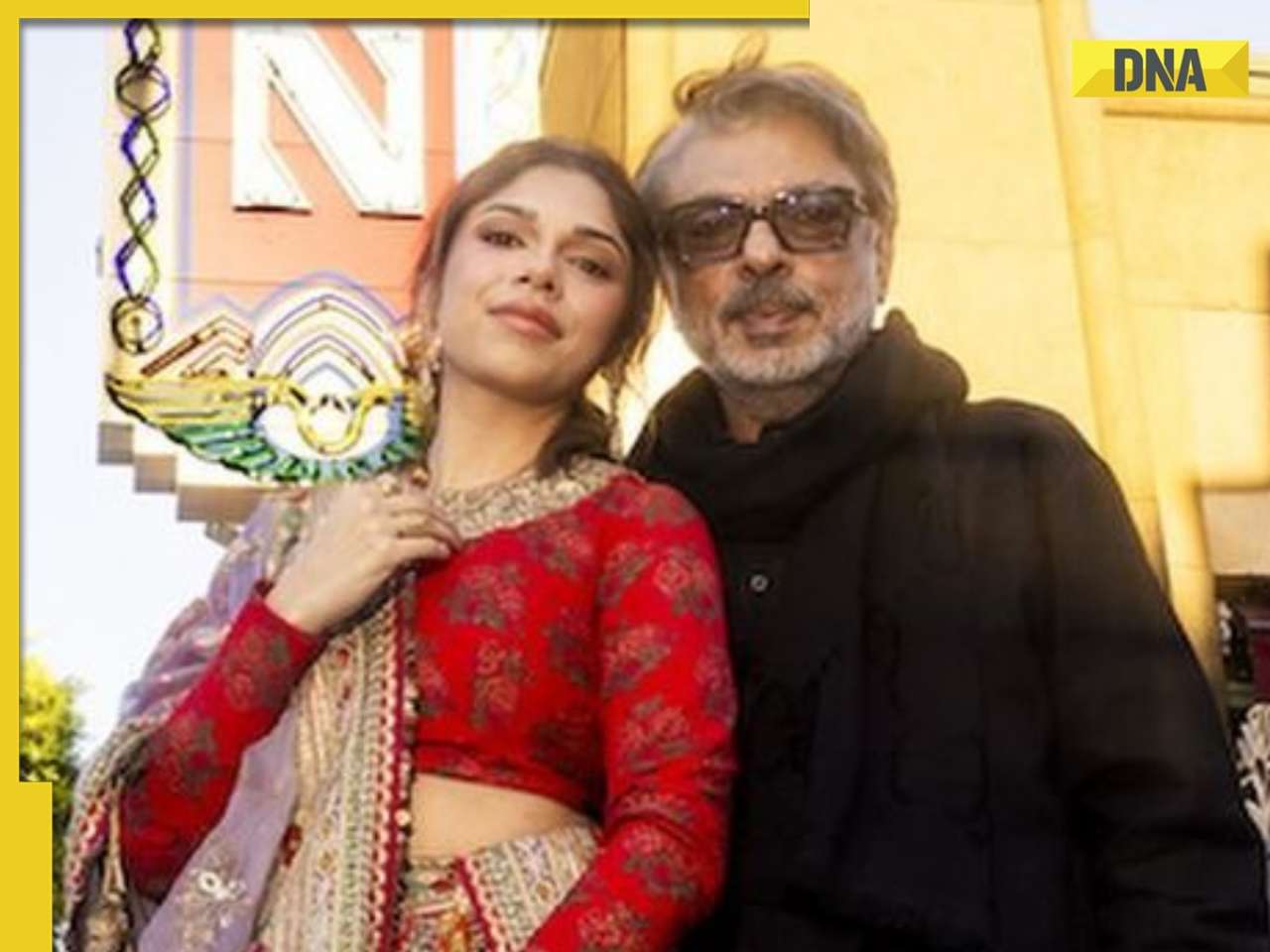
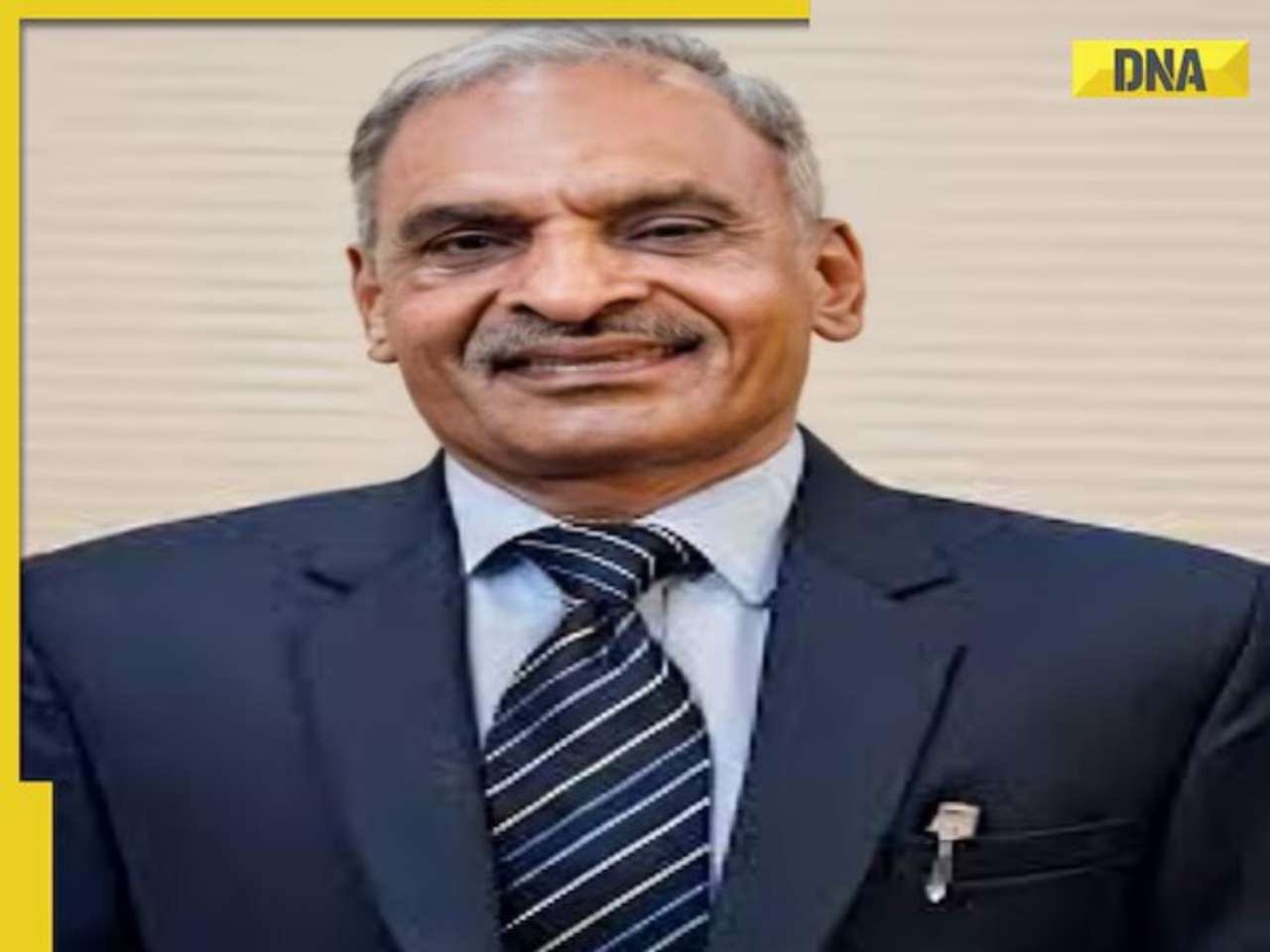
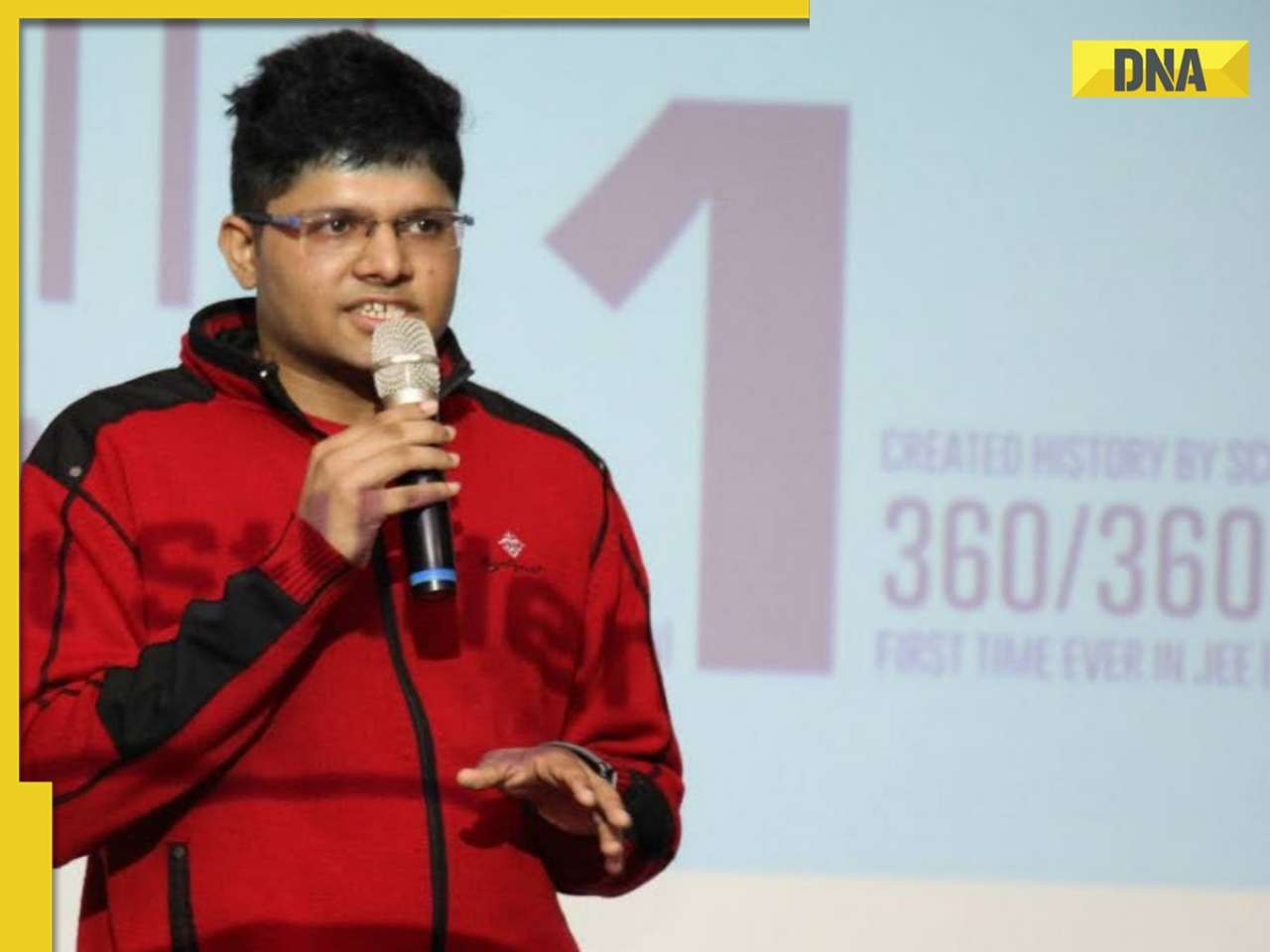







)
)
)
)
)
)